
Strongest solar flare of 2025 erupts from sun, sparking radio blackouts across Europe, Asia and the Middle East (video)
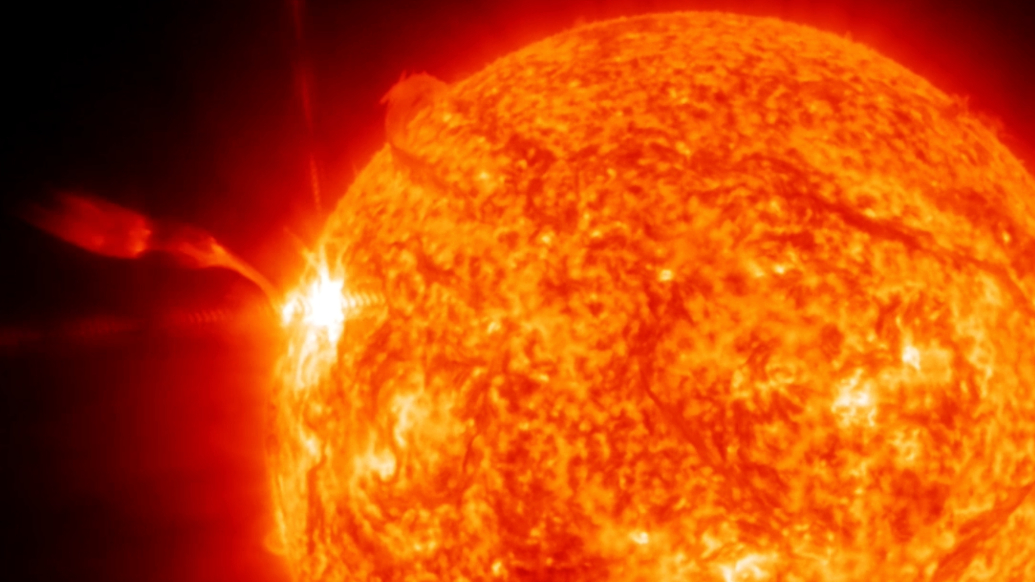
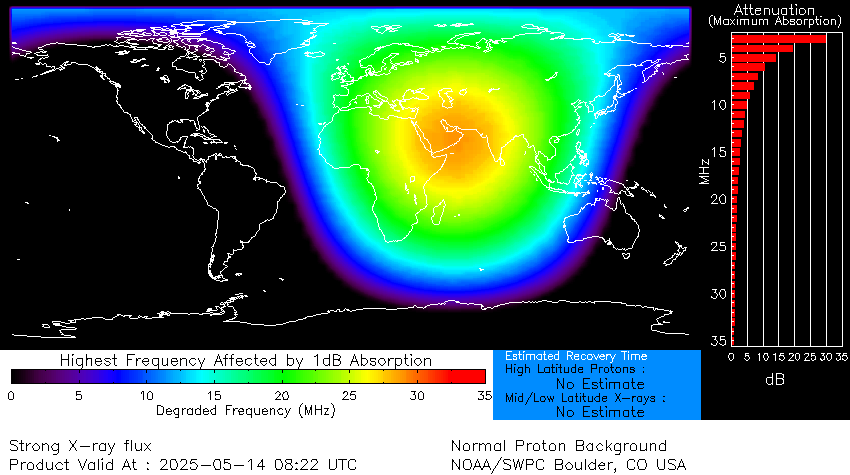
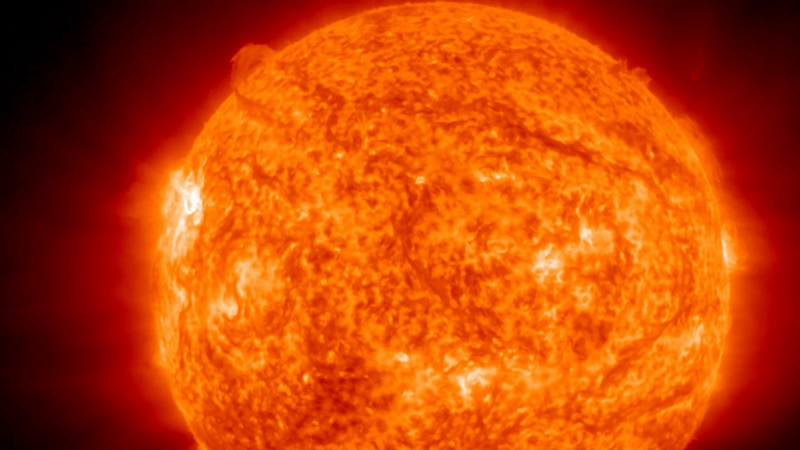
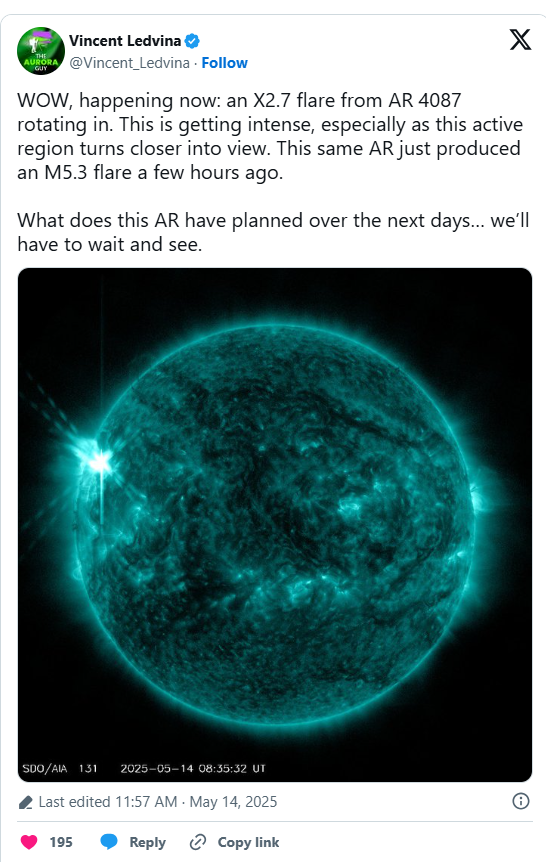
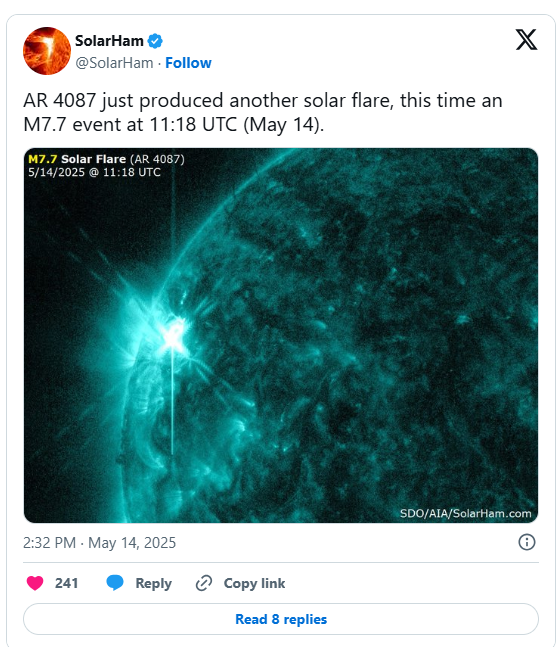
Early on Tuesday, May 14, 2025, the Sun erupted with a powerful X-class solar flare originating from the newly emerging sunspot region AR4087. This intense solar event peaked at 4:25 a.m. EDT (0825 GMT), unleashing a burst of X-rays and extreme ultraviolet radiation that traveled toward Earth at the speed of light.
The eruption caused strong R3-level radio blackouts across parts of Europe, Asia, and the Middle East—regions experiencing daylight at the time—due to the highly active sunspot region AR4087. These radio blackouts interfered with high-frequency radio communications, causing temporary dropouts for some radio operators within the affected zones.
Solar flares are classified into five categories based on their intensity: A, B, C, M, and X, with each step representing a tenfold increase in energy output. The recent flare from AR4087 was rated X2.7, placing it at the lower range of the most intense category, yet still powerful enough to cause significant disruptions.
The flare released a massive burst of energy that ionized Earth's upper atmosphere suddenly and severely, disrupting radio waves that rely on this layer for long-distance transmission. This phenomenon highlights the dynamic and sometimes volatile relationship between solar activity and Earth's technological systems.
There is a possibility that this X2.7 flare was accompanied by a coronal mass ejection (CME)—a massive expulsion of solar plasma and magnetic fields. Although this has not yet been confirmed, CMEs have the potential to spark geomagnetic storms if they collide with Earth's magnetosphere. Such storms can, in turn, trigger vibrant auroral displays near the poles and can affect satellites, power grids, and communication systems. Fortunately, because AR4087 was still positioned near the Sun’s edge at the time of the flare, Earth remains out of the immediate path of any CME associated with this event.
However, this situation is expected to evolve rapidly. As AR4087 rotates toward Earth’s direct view, it has already produced multiple solar flares, indicating heightened solar activity. Aurora enthusiast Vincent Ledvina remarked on social media platform X, “This is getting intense, especially as this active region turns closer into view. This same AR just produced an M5.3 flare a few hours ago. What does this AR have planned over the next days? We’ll have to wait and see.”
Just this morning, AR4087 emitted another significant flare classified as M7.74, peaking at 7:18 a.m. EDT (1118 GMT). This ongoing activity suggests that the active region could produce even stronger flares when it faces Earth directly in the coming days, potentially impacting geomagnetic conditions and increasing the likelihood of auroral displays visible at lower latitudes.
The Sun seems to be emerging from a period of relative calm. Only yesterday, it produced its first X-class flare since March—an X1.2 event from sunspot region AR4086, which is now rotating out of Earth's view on the Sun’s western limb. This uptick in solar activity may signal the beginning of a more active solar cycle phase, where such flares could become more frequent.
For those interested in monitoring these developments, keeping track of the latest northern lights forecasts and geomagnetic storm warnings is advisable. Our aurora forecast live blog offers continuous updates on solar activity and the potential impacts on Earth’s space weather environment.
News in the same category


Pick Your Robin

Elon Musk Urges Millions to Cancel Netflix as Boycott Gains Viral Momentum

Earth’s Energy Imbalance Doubles Speeding Up Climate Change

15+ Things Women Find Unattractive in Men Over 50

Why Driest Desert on Earth Sometimes Blooms? And What Secrets Revealed?

Norway Is the World’s First Nation to Ban Deforestation

British Father and Son Become First to Swim Through Point Nemo, the Farthest Point From Land on Earth

Life on Tristan da Cunha – The World’s Most Isolated Island with Only 264 Residents
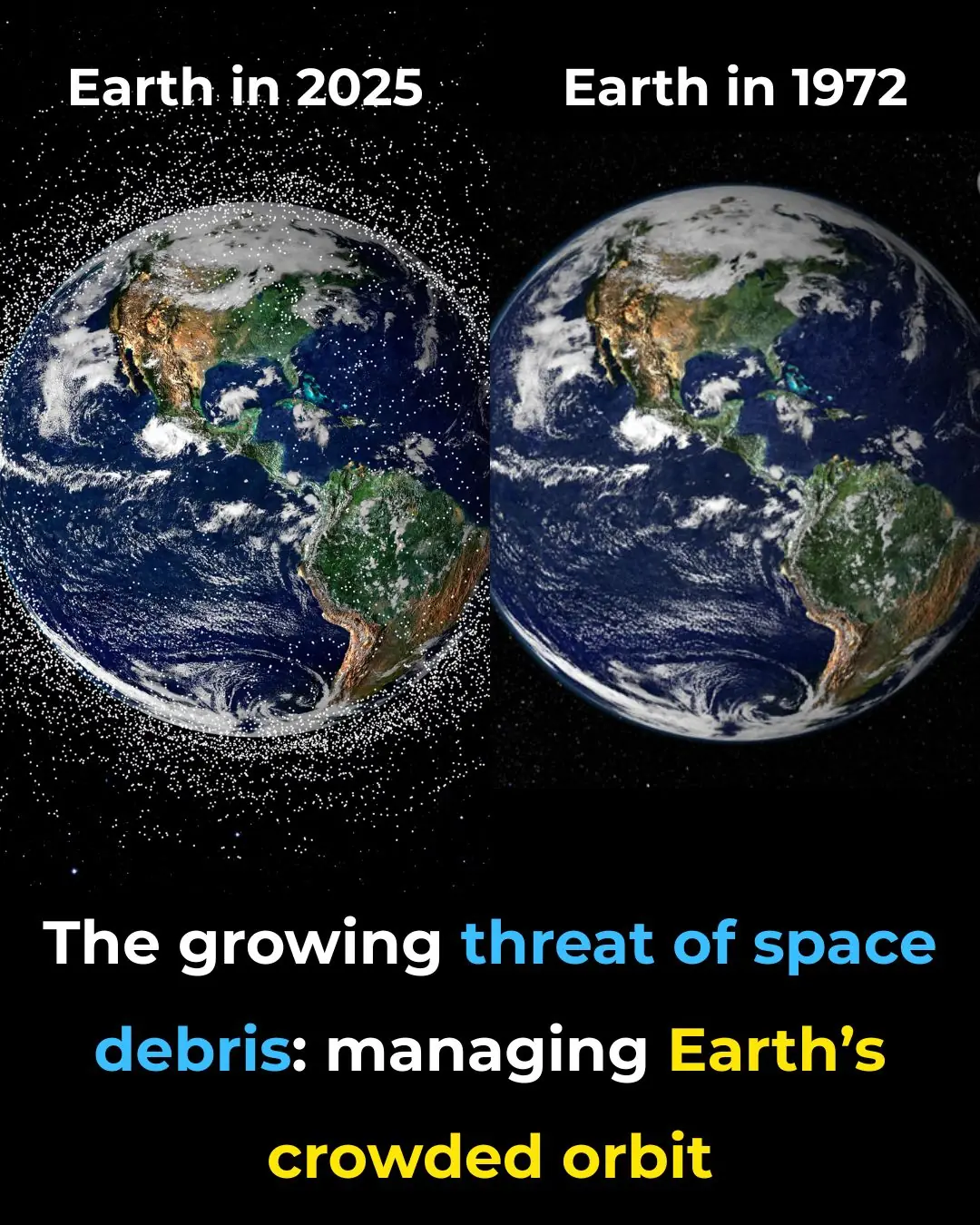
The Growing Threat of Space Debris: Managing Earth’s Crowded Orbit

Moses’ Miracle: Walk on Water at Barra Grande Beach

Scientists Find Crows Are Capable of Recursion — A Cognitive Ability Thought to Be Unique to Humans and Other Primates

If Your Ex Unblocked You, Here’s What It Means

Why Cats Leave Home and Don’t Return

Shocking change to Xbox Game Pass has many people canceling their subscription

What really happens to your iPhone's battery health when you charge to 80% instead of 100%

The World’s First Living Biocomputer: Where Brain Cells Meet Technology

2,000 Worms vs. 1 Plastic Bag a Day: A Surprising Discovery in Canada

The moon and Saturn meet—October 5
News Post

Jennifer Hudson Champions Musical Inclusivity Amid Super Bowl Language Debate

Jennifer Hudson Cheers on Bad Bunny’s Super Bowl Swagger — and Starts Learning Spanish Herself

Charli XCX shares cryptic video after Taylor Swift’s ‘Actually Romantic’ diss

NY authorities clamp down on liquor store openings citywide as booze demand plummets

Desperate rescue effort underway to save hundreds of hikers stuck on Mount Everest after snowstorm

Six signs you may be a functioning alcoholic according to doctor

Pineapple Water: A Refreshing Drink That Supports Your Health

The Silent Threat: Recognizing Early Signs of Kidney Disease and Lifestyle Prevention

A Heartwarming Encounter: A Child’s Innocence and the Power of Love.

The Stranger Who Stopped: How One Man’s Compassion Saved a Life on a Busy Georgia Road

Baking Soda (Bicarbonate of Soda): Uses and Benefits (Science Based)

A Father’s Day Gift Like No Other: A Daughter’s Kidney, A Father’s Second Chance

Benefits of Walking: Why Walking is One of the Best Forms of Exercise 🚶♀️

Maliyah’s Fight: A Fifteen-Year-Old Cheerleader Battling Stage 4 Cancer With Courage and Faith

No Cake, No Balloons: A Firefighter’s Quiet Birthday of Purpose and Service

Orangutan Secretly Watches Over Woman During Jungle Survival Challenge

“The Stranger on a Plane: How One Man’s Kindness Gave a Mother the Gift of Rest”

A Little Fighter’s Final Victory: Remembering Bryson’s 1,027-Day Battle

A Match Made in Dog Heaven: A Toddler and Her Puppy Who Share a Special Bond
